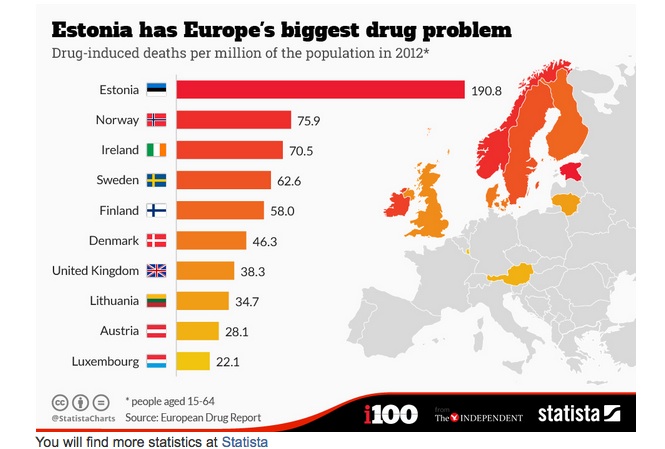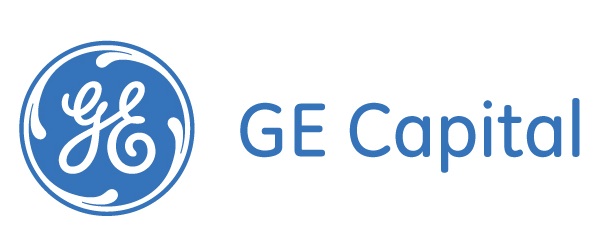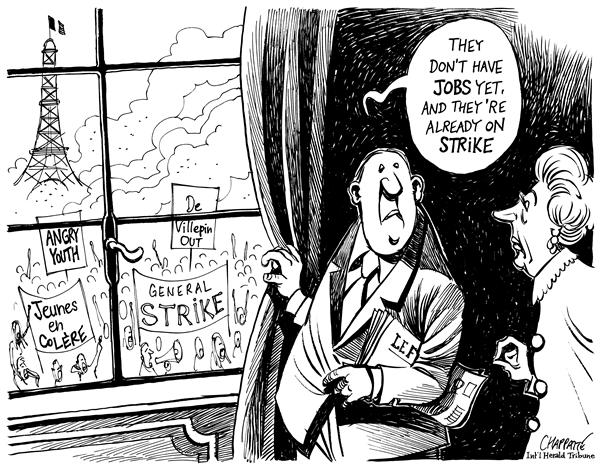Mohamed A. El-Erian writes: Like many readers, I still vividly recall when Nokia was the dominant player in mobile phones, with over 40% of the market, and Apple was just a computer company. I remember when Amazon was known only for books, and when dirty taxis or high-priced limousines were the only alternative to public transport or my own car. And I recall when the Four Seasons, Ritz Carltons, and St. Regises of this world competed with one another – not with Airbnb.
These changes happened recently – and fast. How did they occur? Will the pace of change remain so rapid – or even accelerate further? And how should companies respond?
Central to these companies’ success has been their understanding of a fundamental trend affecting nearly all industries: individual empowerment through the Internet, app technology, digitalization, and social media. Most traditional companies, meanwhile, remain focused on their macro environment, at the expense of responding adequately to the new micro-level forces in play.
Companies must recognize that both demand and supply factors are or will be driving the transformation of their competitive landscapes. On the demand side, consumers expect a lot more from the products and services they use. They want speed, productivity, and convenience. They want easy connectivity and expanded scope for customization. And, as the success of services like TripAdvisor show, they want to be more engaged, with companies responding faster to their feedback with real improvements.
On the supply side, technological advances are toppling long-standing entry barriers. The online car service Uber adapted existing technologies to transform a long-sheltered industry that too often provided lousy and expensive service. Airbnb’s “supply” of rooms far exceeds anything to which traditional hotels could reasonably aspire.
An existing company would have to be highly specialized, well protected, or foolish to ignore these disruptions. But, while some well-established companies in traditional industries are already looking for ways to adapt, others still need to do a lot more.
Banks are adapting, but much more slowly and hesitantly. If they are to make progress, they must move beyond simply providing apps and online banking. Their aim should be holistic engagement of clients, who seek not only convenience and security, but also more control over their financial destiny.
· First, companies should modernize core competencies by benchmarking beyond the narrow confines of their industry.
· Second, they should increase their focus on customers, including by soliciting and responding to feedback in an engaging way.
· Third, managers should recognize the value of the data collected in their companies’ everyday operations, and ensure that it is managed intelligently and securely.
· Finally, the micro-level forces that have the potential to drive segment-wide transformations should be internalized at every level of the company.
Companies that apply these guidelines stand a better chance of adapting to what is driving today’s rapid reconfiguration of entire industries.











